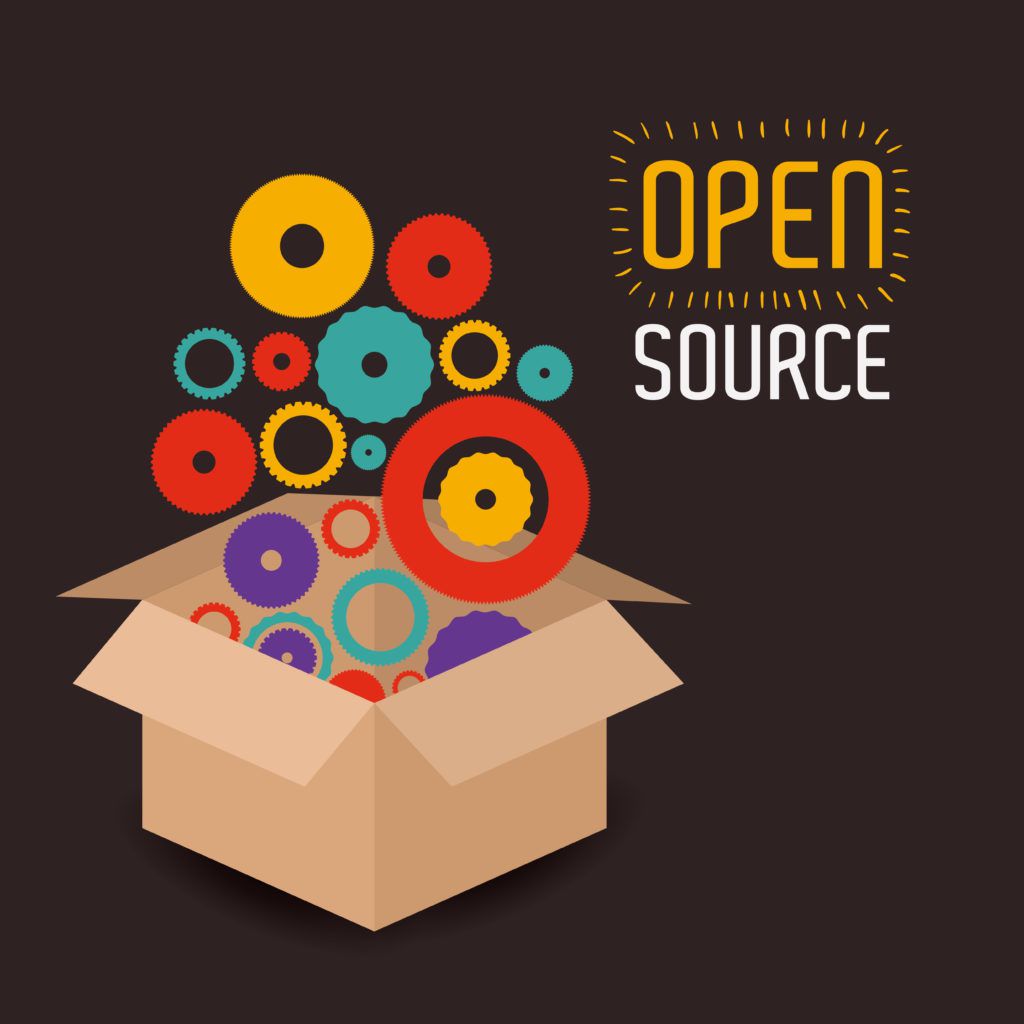Open-Source Development: Blockchain doesn’t need to sacrifice transparency in the name of versatility, says Weiwu Zhang, the co-founder of Smart Token Labs.
The blockchain space is widely known for transparency. Blockchain networks themselves, as well as the decentralized applications (dApps) that are created for them, are fully open-source. This means that their source code is publicly available in its entirety. Under a complete open-source license, people can read it, audit it, test it, and even copy it. And it isn’t plagiarism – in fact, copying, repurposing and contributing to the code is the whole point!
Since developers don’t have to start from scratch when building products, this open-source ethos drives innovation across crypto. It also builds community, as developers support open-source projects by both contributing to their underlying code repositories and using them in their own projects.
The open-source ethos is exactly why we started AlphaWallet – a unique, 100% open-source digital asset wallet that can be customized for any Ethereum-based crypto token. Earlier this month, we passed a milestone worth celebrating: AlphaWallet has been publicly forked over 500 times. “Forks” are derivative versions of a piece of software – so, in other words, developers have used all or parts of AlphaWallet’s source code to create more than 500 variations of AlphaWallet for various different tokens and use cases.
So why does this matter for the everyday crypto user?
Open Source: Keeps You in Control of Your Destiny
The creation of these 500 forks of AlphaWallet is an important milestone in an environment where all kinds of blockchain products and services – even cryptocurrency wallets – are increasingly centralized. This trend toward centralization has also led to a gradual movement away from open-source technology.
A shift away from open-source technology in blockchain may not appear to be so problematic at first. But on a deeper level, the current trend away from open-source represents a significant, potentially existential issue for blockchain.
There are several reasons for this:
- Transparency. At their core, blockchain networks are built on consensus algorithms that require the nodes that uphold them to agree on a series of mathematical proofs in order to validate transactions. The idea is that the nodes agree with each other, which then encodes blocks permanently onto the blockchain. This foundational process of “consensus” requires a high level of transparency across each network.
- User control: Consensus algorithms are just one element of the technological culture of transparency. We also require some level of decentralization, in which users aren’t at the mercy of a centralized entity. Of course, there’s a spectrum to decentralization. But the key concept is that users retain control over their assets.
- Security: Though it may seem counterintuitive, closed-source software is actually less secure than open-source, thanks to the community that surrounds open-source software. This is especially true when it comes to blockchain. Because they have many auditors and contributors, open-source projects fix vulnerabilities, push out patches, and release updates more frequently than closed-source platforms.
All in all, these three components make an open-source community a strong ally for users. For instance, if an open-source project has an issue, a fix is often released within a day or two.
By contrast, closed-source platforms – which are built and maintained by private entities – have longer update and repair cycles. And, if an entity isn’t responsive or capable, issues can rapidly scale into crises that impact users. There’s nothing worse than having a wallet drained due to a fixable bug!
Transparency Doesn’t Need to Be Sacrificed in the Name of Better User Experience
At times, the decision to compromise on open-source is made in the name of a better user experience (UX). As Norelle Ng, founder of Clover Finance, wrote:
“[By] making better wallets, [we can] bring Web3 to the mainstream…In a sense, wallets are the key to unlocking the potential of Web3. This is why improving the [UX] of wallets is so important for blockchain 2.0.”
Norelle is correct – and thankfully, the balance between UX and open-source does not have to be a zero-sum game. Crypto wallets can be both open-source and user-friendly. They can be transparent and flexible; built for ease of development and ease of use. It’s that combination that’s the secret sauce: happy developers make for happy users.
Crypto wallets can also offer advanced security and flexibility for developers, who can, in turn, build more secure and easy-to-use wallets for users. After all, in a bankless world, the wallet is everything. The user-controlled wallet, connected with smart tokens, is the better way to build the next generation of Web3 tech.
The Future is Open-Source
Even if the culture of blockchain may be taking a turn towards centralization, we believe that the long arc of history will bend toward open-source.
Just as open-source technologies provide better security, the contributions of many developers, designers, and UX experts will ultimately give rise to an extensive suite of open-source tools that anyone can use to create open-source software that is both highly secure and user-friendly.
In the meantime, continuing to create and publish open-source tools is an important step toward realizing this vision as a reality. The more that developers continue to use these tools today, the better the future of blockchain will be tomorrow.
Got something to say? Write to us or join the discussion in our Telegram channel.
Disclaimer
All the information contained on our website is published in good faith and for general information purposes only. Any action the reader takes upon the information found on our website is strictly at their own risk.


